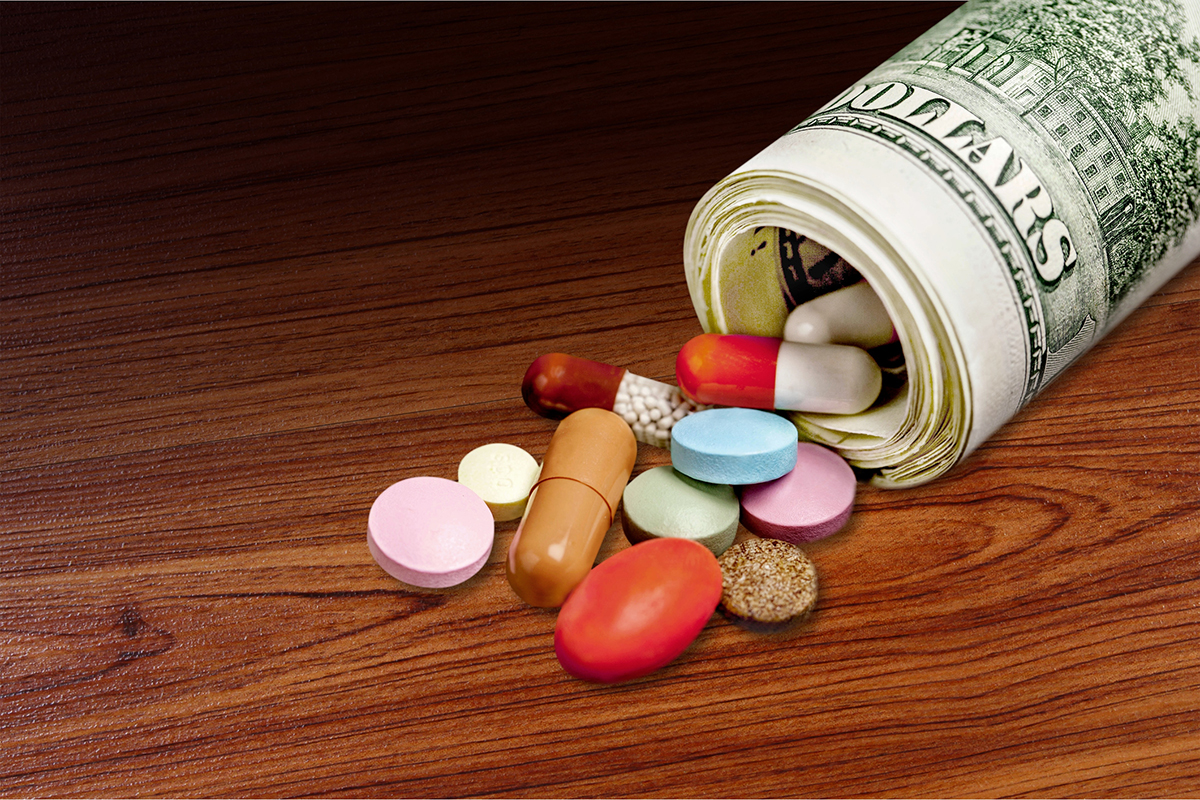Self-care is one of my fundamental tenets. We over-rely on our health care system to deliver us health outcomes—many of which lie within the locus of our personal responsibility.
Conversely, it’s been said that “A physician who treats himself has a fool for a patient.”
A couple of recent health experiences has brought that message home to me.
Physicians are notoriously poor patients. Not only do we think we know a lot about medicine, we’re also painfully aware of its limitations. Additionally, we spend so much time fixing other people’s problems that we succumb to an “I already gave at the office” mentality when it comes to addressing our own health concerns. For me, spending my leisure time getting blood tests, scans, and going to doctors seems kind of like a tedious “busman’s holiday”.
But, like all mortals, we, too, are prey to health challenges, despite the invulnerability all of our knowledge fools us into assuming we possess.
I’m an inveterate exerciser. My routine includes running, swimming, biking, weights, core exercises and yoga. I’ve got a couple of drawerfuls of triathlon trophy T-shirts, accumulated over the last 30 years (I’m 67, and only began competing at an age when a lot of pro athletes hang up their cleats).
A year ago last Memorial Day, after laying off running due to some minor knee soreness, I decided to take a short “test run”. After just 2 miles—my usual range was 4 or even 6—I felt a searing pain in my right knee. Accustomed to “running through” minor aches and pains, I managed to make it home, but only just.
I iced my knee, applied CBD cream, and immediately Googled my problem. I came up with a bunch of possibilities, the worst of which was the dreaded “torn meniscus”. But I convinced myself that this was yet another in a series of minor setbacks that could be alleviated with “tincture of time.”
But this seemed different. In addition to the pain, there was a disconcerting clicking sensation in my knee when I walked. I had a lot of Yankee tickets last year before this year’s lockdown, and there’s stair climbing involved in getting to and from the stadium. I even resorted to taking a couple of ibuprofen before games, which I hated (It precluded having beers at the game, which don’t mix well with NSAIDs).
And running was out. Instead I swam a lot and did upper body exercises. I found that I could gradually increase my cycling which aggravated the knee only slightly, and I managed to log nearly a thousand miles of roadwork during last year’s summer season. But I didn’t even attempt running after that ill-fated Memorial Day workout.
And I really missed running. I realize that, at 67, my running days may be numbered, but hanging up my sneakers for good seemed like a little death. There’s nothing like propelling yourself like a happy frolicking thoroughbred, traversing picturesque terrain with nothing between you and the pavement except a few inches of cushioning foam.
Months passed, and the knee felt intermittently better, then worse. It wasn’t healing. Something seemed broken or torn, and no amount of glucosamine with chondroitin, MSM, curcumin, or proteolytic enzymes seemed to be repairing it.
By now you’re saying to yourself, “Why didn’t he just see a doctor?” like you probably would. But remember, I AM a doctor, so I felt exempt from that sensible advice!
But I finally did get an MRI. The results were devastating. I had a “complex tear of the medial meniscus”. And what I could see with my untrained eye looked bad—a large area seemed not just neatly sliced, but shattered, as if an elephant had trod on a grape.
I quickly looked up arthroscopic surgery. Many articles like this one echoed the same theme: “The most common knee surgery for seniors is costly, and usually a waste”.
Besides, the running blogs noted, the average over-50 athlete had signs of wear and tear on their knee MRIs—most typically involving the posterior horn of the medial meniscus, the site of my injury.
So, I resigned myself to additional pain and limitation. Until a random event galvanized me into action.
It was now after Labor Day, and I suddenly developed “red eye”—a common irritation of the eye that I felt would go away. “Tincture of time” again. But the problem persisted. So, I started using eye drops, first natural, then some lubricants, ocular antihistamines, steroids, even antibiotics. “Physician, heal thyself”.
But my eye didn’t get better. After about ten days of dithering I called my eye doctor, who said “Come right in and I’ll have a look at it.” Something many of you more reasonable laypeople would’ve asked to do from about day two.
“Yeah, your eye is irritated” she said, and then she used her powerful magnifier to visualize the surface of my cornea. “Wait a minute,” she said. “There’s a tiny particle, let me see if I can get it out. There . . . feel better?” I had immediate relief, and after a couple of days of eye drops, the discomfort was gone.
So, this unrelated health event finally motivated me to get off the dime and see a doctor about my knee. As with my eye, I wanted fast relief. A friend who had a good outcome with a complex knee problem referred me to his doctor at Manhattan’s Hospital for Special Surgery.
What I saw in his waiting room was not encouraging. People were hobbling around on crutches. A young girl had her leg swathed in a plaster cast from hip to ankle.
When I saw the orthopedic surgeon, he briefly manipulated my knee, elicited an “ouch” and said, “Yep, it’s your medial meniscus.” He seemed more interested in my MRI, and he scrolled through multiple “slices” until he found an image he could interpret. He called me over to look at it.
“See this here?” He explained. “This is your lateral meniscus. See how smooth it is? Perfect crescent.”
I nodded and he continued. “Now look at the other side.” He pointed to a little finger-like protrusion from the surface. “That’s your problem. It’s a great problem to have. I can fix that in five minutes. I’ll just go inside and clean it out. You’ll be running again in no time.”
But, I said, “I’ve read all these articles that say if you take out part of the meniscus, there’s less cushioning left, and soon you’ll be ‘bone-on-bone’.”
He said, “No, we don’t do that anymore. You have plenty of cushioning left, above average for your age; you’ll be fine.”
So, I signed up for arthroscopic repair, a meniscectomy, something I long thought I was the least likely candidate for.
The surgery went fine, and my doctor told me that he had a good look inside and I was remarkably free of arthritis. I just had a simple tear which was easily excised.
But the chronicle doesn’t end here. As is the case with most surgeons, my orthopedist oversold the results. The new running shoes I bought to celebrate the resurrection of my running career lay fallow for several months while I endured persistent pain and stiffness in my operated knee. I started to give up hope.
But then the coronavirus shutdown hit. My gym closed and I had no access to spin classes, the weight room or the pool. Floor exercises and stretch bands in my apartment didn’t cut it, so I laced up my sneakers a little apprehensively and ventured outside for a test run.
To my amazement, it felt pretty good. The knee wasn’t perfect, but enough to enable 2-3 runs per week, at a careful pace, and with restrained distance goals. A day of rest between runs allowed time for recovery. The knee held up. In fact, it seemed to strengthen in response to the measured loads.
I’m now happy to say that I’ve regained running and have reincorporated it into a balanced exercise routine. It’s taken me all of eight months post-op to regain the confidence to share that. But young pro athletes who have knee surgery often take an entire season off to rehab before returning to competition.
My saga is also a cautionary tale about the folly of trying to manage one’s medical care without asking for a lifeline. The mere fact of being a doctor impeded my access to the definitive care that all people should promptly get. Toughing it out or just Googling are no substitute for expert treatment—a lesson I painfully learned.







